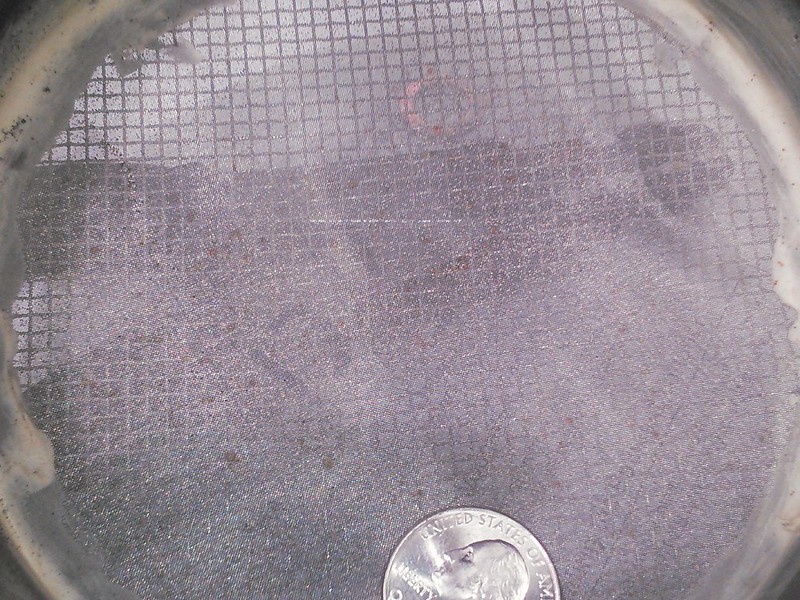nh.nugget
Hero Member
- Joined
- Sep 3, 2013
- Messages
- 861
- Reaction score
- 1,401
- Golden Thread
- 1
- Location
- e.rochester nh.
- 🥇 Banner finds
- 1
- Detector(s) used
- whites, KEENE A52 sluice, 3" dredge
- Primary Interest:
- All Treasure Hunting
Upvote
0
Found theses the other day at Wal-Mart in the house wares isle. As far as I can see they are around a 150-175 mesh. The best part in tax free NH. they were a $1.97 for a set of 4.View attachment 1304733View attachment 1304734
More like 30 -50 mesh...150 -175 is very fine mesh

Trust me I know what I'm doing, not a newbie. Just found them they work great for my cons for the blue bowl. For a $1.97 if they wear out in the garbage they go! I know they were finer than what I had. I have classifiers for the river.Everyone has their own methods, but lets be serious here about what is on the line. Gold and even people doing it as a hobby take it very serious and hope for a big day.
Now lets say you are having a great day, do you really want to risk a single gram with a not proven culinary tool. I know I would not.
My suggestion is shop around for what is proven to work and last through tons of earth under conditions associated with not only the environment but the users. There is always a good deal out there, for every 10 new prospectors getting into this at the start of the season there are going to be 5 of them selling off their gear at the end of the season.
Just my thoughts, we all do it differently.

Trust me I know what I'm doing, not a newbie. Just found them they work great for my cons for the blue bowl. For a $1.97 if they wear out in the garbage they go! I know they were finer than what I had. I have classifiers for the river.
There ya go 20 mesh-ishThey are a lot finer than they look just a super macro close up. Measured an inch square my verniers it's got 17sq. x17sq.

